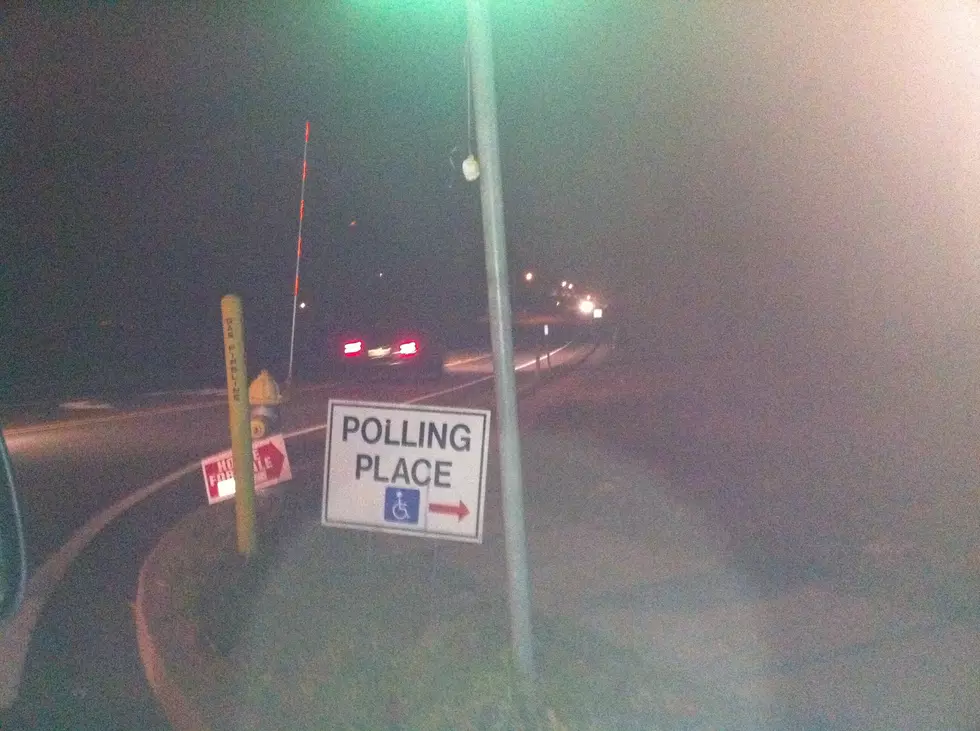
Redistricting Important In Midterm Elections
New Jersey is only one of four states to have it's legislative seats on the ballot this year. However Jeff Paley, editor for state legislature and redistricting for Ballotpedia.com says that this time around redistricting as well as competition in the races played an important part.
He notes that the amount of races in the state legislative ballot with only one candidate were significantly larger than in previous years. In the four states undergoing legislative races, New Jersey, Virginia, Louisiana, and Mississippi, fifty percent of incumbents who chose to run faced no competition.
"This is a lot higher than last year in 2010 when that figure was about twenty six percent." says Paley. "So what that tells us right off the bat is that the off year elections are pretty uncompetitive."
He notes Democrats got more of the votes for legislature, however the margin of victory wasn't that high. Paley cites that Democrats had fifty one percent of the votes cast for either party in New Jersey's Senate races, fifty two percent in the General Assembly. It's interesting to note that even though they just barely got more than the majority of the total votes cast, they control sixty two percent of the seats.
He says "what that hints at is the redistricting issues that all fifty states face. Which is that certain seats just have no chance of going for one party or the other."
John Fund, political author and columnist agrees that redistricting played a vital part in the legislative race in New Jersey. He notes that even though Governor Christie's popularity remains high, the new legislative map which was ultimately approved by a Democratic tie breaker favors the party.
"As a result all but one incumbent of the New Jersey legislature won re-election, and the Republicans failed to win a single seat. In fact the assembly actually went down a seat."
More From 92.7 WOBM







